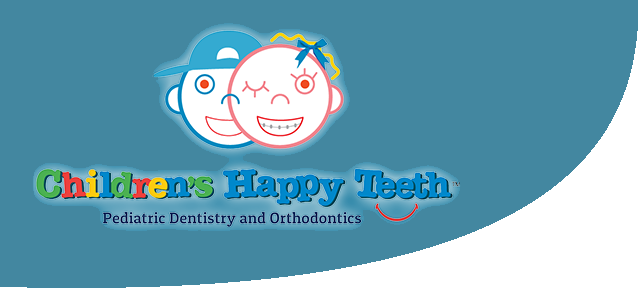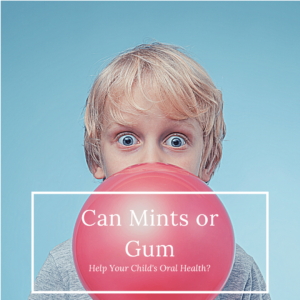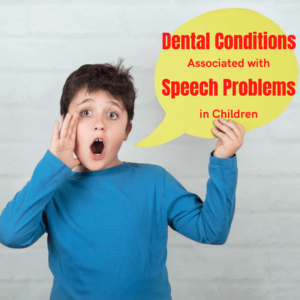Did you know that the American Academy of Pediatric Dentistry (AAPD) notes as many as 50% of children up to the age of 5 and almost 100% of pubescent aged children are affected by some form of gum disease? Despite the fact that pediatric periodontal disease is almost as common as childhood cavities, many parents are unaware of this threat to their child’s oral health. Since pediatric gum disease can be very problematic to your child’s oral health, it is important to establish an understanding of what pediatric gum disease is and just how it affects your child. Here is what you need to know:
What is pediatric periodontal disease?
For starters, periodontal disease refers to an infection of the tissues around the tooth such as the gingiva (gums), cementum, periodontal ligaments, and alveolar bone. Furthermore, there are different forms of pediatric periodontal disease that include:
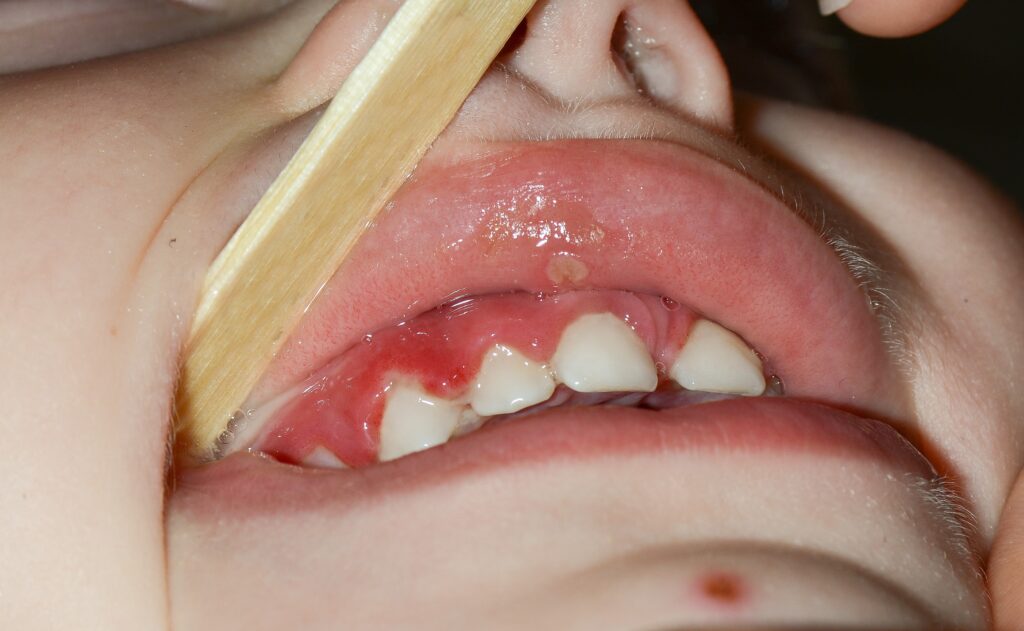
- Chronic Gingivitis: is one of the most common forms of gum disease in children that causes gums to be red, swollen, and to bleed easily. Chronic gingivitis can be treated and prevented with regular brushing, flossing, and dental cleanings. Generally speaking, treatment can reverse the effects, while a lack of treatment can cause the disease to progress.
- Localized Aggressive Periodontitis: is commonly seen in teenagers who are otherwise healthy and have little plaque or tartar accumulation. Localized aggressive periodontitis develops on the incisors and first molars, and can result in severe bone loss.
- Generalized Aggressive Periodontitis: is commonly seen in older children who are going through hormonal changes associated with puberty. Unlike localized aggressive periodontitis, generalized aggressive periodontitis is observed throughout the mouth and accompanied by large amounts of plaque and tartar accumulation. It can also cause bone loss and loose teeth.
What causes pediatric periodontal disease and how can I prevent my child from getting it?
Pediatric periodontal disease develops when naturally-occurring bacteria levels rise to excessive levels. Since bacteria reside in dental plaque and tartar, this also means that having excess plaque and tartar accumulations, specifically along the gum line, can lead to periodontal disease. This is because bacteria along the gum line irritates the gum tissue and causes inflammation. As a result, the gums will start to pull away, or recede, from the teeth. This forms small pockets where more bacteria can collect and grow, which makes the infection worse.
In addition to bacteria, there are also other factors that can contribute to the development of gum disease such as:
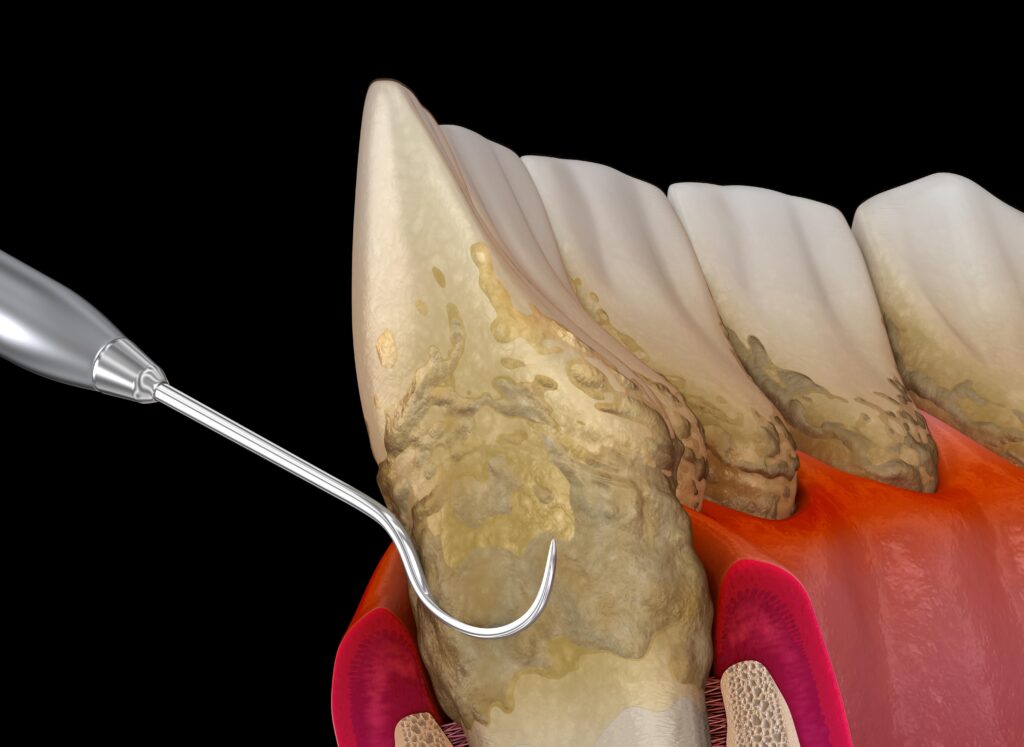
- Crooked teeth
- Dry mouth from mouth breathing
- Excess consumption of sugar
- Genetics
- Puberty (hormonal changes)
The best way to prevent your child from being affected by pediatric periodontal disease is to simply make sure they are practicing good oral hygiene habits everyday. The ideal dental hygiene routine should consist of brushing twice a day with fluoride toothpaste for two minutes, flossing daily, and arranging dental cleanings every six months. While good oral hygiene generally works to prevent your child from developing gum disease, there are certain cases where their pediatric dentist may recommend additional treatments, such as prescription mouthwash or a deep cleaning.
